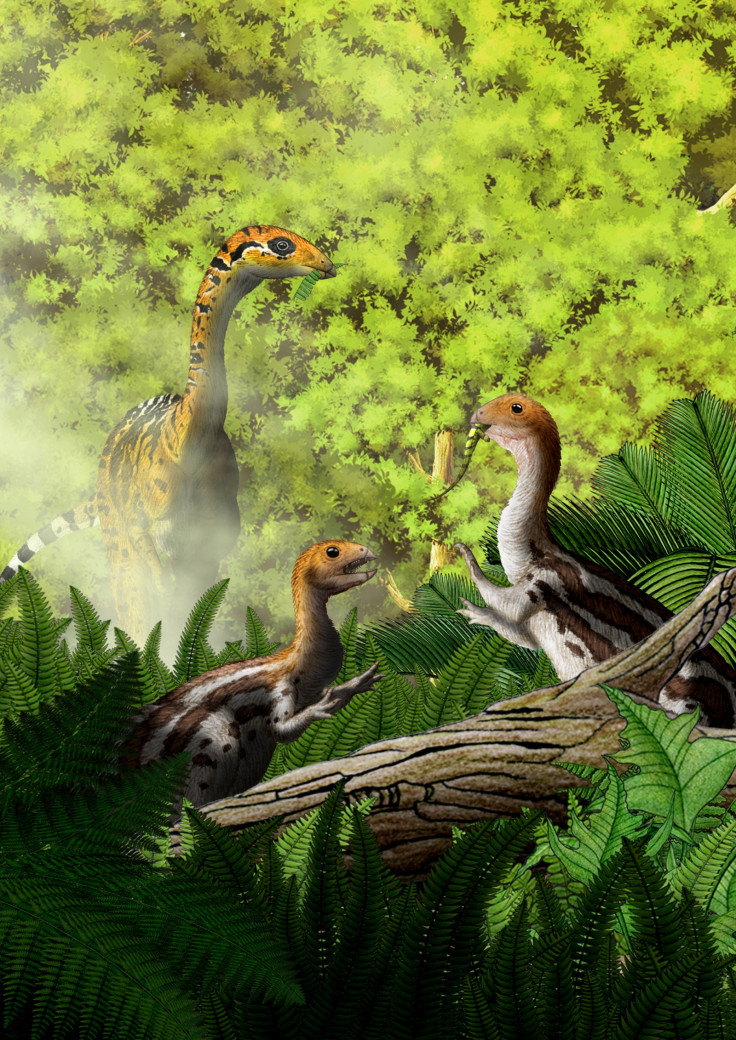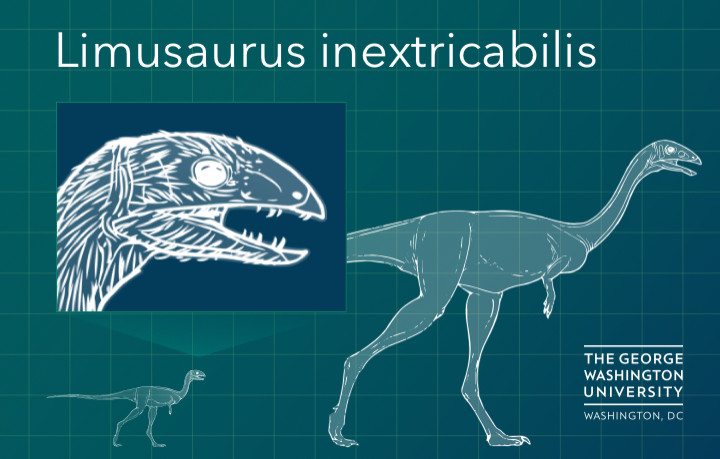Why did the dinosaur lose its teeth? To become a vegetarian
These ferocious baby dinosaurs' teeth all fell out as they turned into adults.

Scientists have discovered a species of dinosaur that changed from a sharp-toothed carnivorous baby to a herbivorous adult with few very teeth.
The scientists found that in a group of 13 fossilised skeletons of the dinosaur Limusaurus inextricabilis, the younger animals had a head full of sharp teeth but, the older the animals, got the fewer they had left. The oldest and least toothy individual was 10 years old, according to the study published in the journal Current Biology.
Stuck in the mud
Limusaurus inextricabilis was first discovered caught in a death trap of inescapable mud in Xinjiang Province, China. That's how it got its name: 'Limasaurus' means mired lizard, and 'inextricabilis' is fairly self-explanatory.
This species could grow to about 2 metres in length from tip to tail, and showed several developmental changes as it aged that support the theory that it became vegetarian in later life.
"The adult has a beak, very weak hands with no big claws, and it had rocks in its stomach like you see in birds that eat grains and plants," study co-author James Clark, a biologist at the George Washington University's Columbian College of Arts and Sciences in the US, told IBTimes UK.
It was hard to tell initially whether the dinosaurs were indeed undergoing a dramatic developmental change as they aged, or whether the small and large skeletons were actually from different species, says study co-author Shuo Wang of Capital Normal University in Beijing, China, in a statement.
"Initially, we believed that we found two different ceratosaurian dinosaurs from the Wucaiwan Area, one toothed and the other toothless, and we even started to describe them separately," Wang says.
Closer analysis confirmed that the dinosaurs were indeed of the same species, but just lost their teeth in later life.

Going veggie
The scientists analysed the fossil bones of the dinosaurs to see what it had been eating. They used stable-isotope analysis, which can show tell-tale traces of the animals' diets, as carnivores and herbivores tend to have different ratios of certain isotopes in their bones.
They compared the young and old dinosaurs with a carnivorous species of dinosaur found at the site – a member of the Tyrannosaur family – and a herbivorous dinosaur at the site – a sauropod. The younger Limusaurus inextricabilis had bone composition more like the tyrannosaur, while the older ones were more similar to the sauropod.
Such a transformation is rare among animals, although some still alive today, such as the platypus, also lose their teeth as they mature.
"A change in diet is not that unusual. Babies often are not able to eat the same things adults eat, and change their diet as they grow up," says Clark. "But it's very unusual to change the feeding apparatus going from baby to adult. You see that in some ways in tadpoles turning into frogs, as they have very different feeding apparatus.
"But in reptiles you just never almost see this."
© Copyright IBTimes 2025. All rights reserved.






















